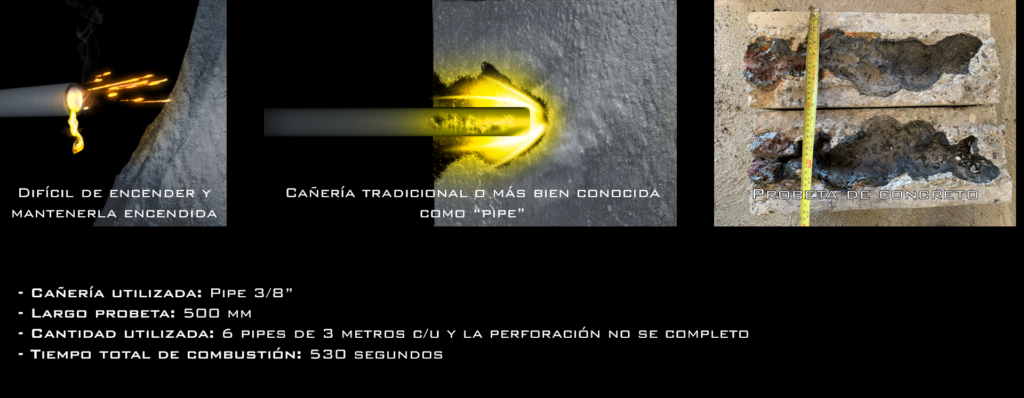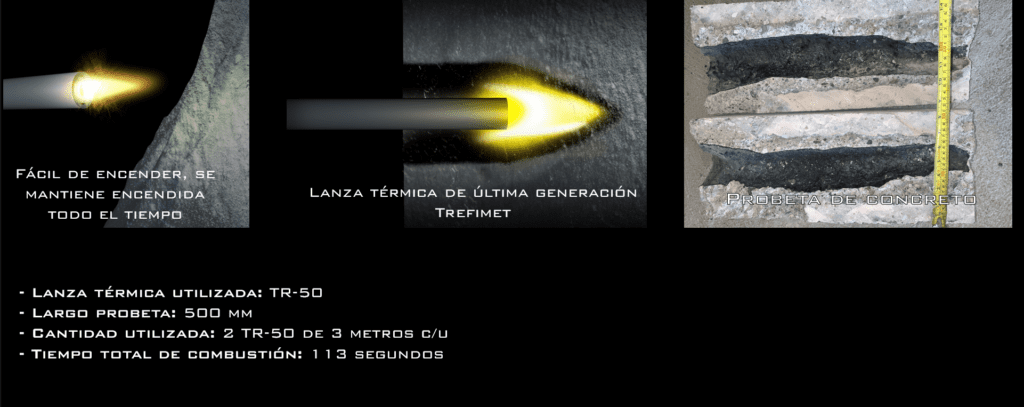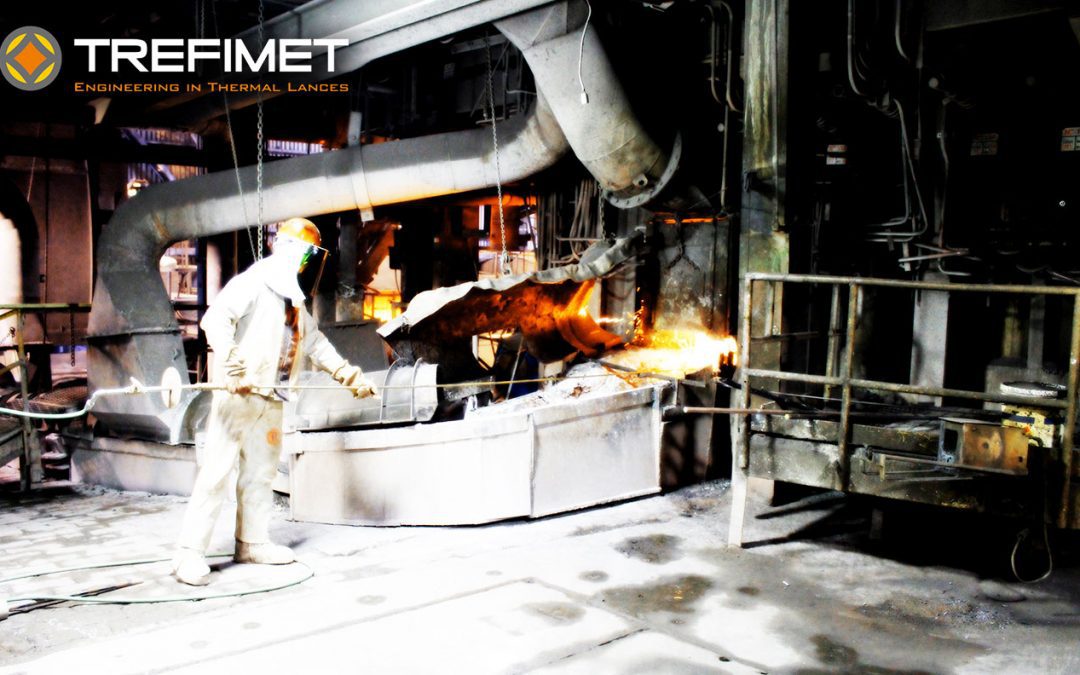How the care of the passage relates to this concept and the role of thermal lances in this task...
Tap Hole maintenance is critical to the efficient operation of the melting furnace, as it allows for proper drainage of the furnace with minimal operator interference.
A worn passage can lead to a more violent flow, significantly increasing smoke emissions during bleeding and risks mixing and losing more metal in the slag. Over time, side ducts can form and damage the liner around the tapping area. This can become a major operational problem and lead to plate damage, which translates into a considerable safety risk and will cause significant production losses. This is in addition to the loss of availability of the bleeding station due to maintenance, which often necessitates a stoppage of the melting furnace, decreasing the overall productivity of the total operation.
Much of the responsibility for wear and tear on the various components of the tapping zone (graphite inserts, refractory bricks, cooling plates, etc.) is commonly attributed to the use of traditional oxygen lances (pipes and wire-filled pipes).

Being low precision tools, their performance and standardisation in operation is highly dependent on the operator's expertise, which will also result in damage to the passageway and an increased need for maintenance by the operator.
To overcome this problem, it is necessary to use tools that are more precise and do not depend so heavily on the skills of the operators and the working conditions of the furnaces. Trefimet thermal lances meet these requirements.

Trefimet thermal lances, when kept on at all times, have the ability to advance through the passageway without the need to manoeuvre or exert excessive effort, simply by maintaining contact between the lance and the material to be melted. This advantage allows the operator to align the thermal lance with the central axis of the passage, which minimises the chances of generating new tapping passages adjacent to the original and damage/perforations to graphite inserts and cooling plates.
In addition, Trefimet thermal lances are characterised by the fact that they are focused thermal energy tools, which allows a fast and precise operation. Due to this last point, this tool is able to pass through the passage to the material to be evacuated, only melting the plug and the product left in the passage from the previous tapping, generating more even opening profiles and increasing the useful life of the different components in the tapping area.

These advantages undoubtedly allow standardisation and ensure accurate and fast operation, removing the impact that operator expertise can have on the condition of the passage and its service life. The increased availability of the equipment, better control of the tapping operation, reduced opening times and lower operational costs related to tapping zone maintenance, directly impact the overall production of the furnace, and therefore of the foundry.

